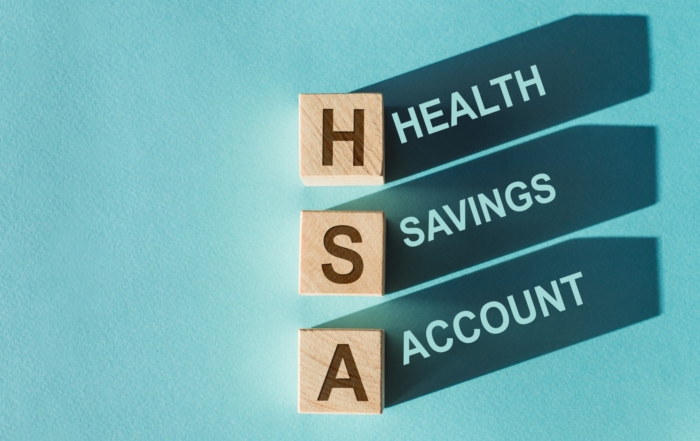Back Belts Feel Secure, But Do They Actually Improve Workplace Safety?
One of the biggest misconceptions in workplace safety involves the notion that back belts somehow give workers an extra layer of security against work related injuries. While many surmise that back belts do in fact protect you from back-related injuries, research has shown no inclusive evidence on their effectiveness.
The Centers for Disease Control and Prevention (CDC), in conjunction with the National Institute of Occupational Safety and Health (NIOSH), has dedicated an entire publication to back belts, and whether they actually do what they are intended to do.
Here’s what this study found:
Increased dependence on back belts
The study found that in recent years there has been a dramatic increase in the number of workers who rely on back belts to prevent injury during lifting. Also known as “back supports” or “abdominal belts,” these back belts are currently worn by workers in numerous industries, including grocery store clerks, airline baggage handlers, and warehouse workers.
And because of this increase in use, experts with the NIOSH say they have increasingly been asked for advice on back belt section. But rather than answer that question, experts instead set out to answer the following: Do back belts actually protect workers?
What does science say?
A review of scientific literature by NIOSH officials concluded that there is no evidence to support whether back belts prevent or increase back related injuries.
The review found the following: “Although back belts are being bought and sold under the premise that they reduce the risk of back injury, there is insufficient scientific evidence that they actually deliver what is promised.”
As a result, the NIOSH has come out against the use of back belts as a recommended way to prevent injuries among workers who have never been injured.
What are your alternatives?
Aside from having a false sense of security in back belts, you and your company should begin to implement a comprehensive ergonomics program that strives to protect all workers. The NIOSH states the most effective way to prevent back injury is to redesign the work environment and work tasks to reduce the hazards of lifting. Training is also a good way to prevent work-related injuries as it helps identify lifting hazards and using safe lifting techniques. These methods should improve program effectiveness, as well.
How to begin implementing an Ergonomics Program
The best way to begin implementing an ergonomics program is to start evaluating jobs within your workplace that require frequent lifting; twisted or bent postures; or pushing or pulling. Redesign these tasks so that:
- The load is close to the body
- The load is between shoulder and knuckle height
- Twisted lifts are eliminated
- Gravity moves the load when possible
- Slides, chutes, hoists, and hand trucks are used to move heavy loads
- Weight is reduced to the lowest feasible level
But, what if you still believe in back belts?
Regardless of their findings, the NIOSH still acknowledges that people will depend on them in the workplace. While the decision should be voluntary for both employees and employers, safety experts suggest that back belts should not be a mandatory job requirement.
If your workplace continues to wear back belts, you should remember the following points:
- There is a lack of scientific evidence that back belts work.
- Workers wearing back belts may attempt to lift more weight than they would have without a belt. A false sense of security may subject workers to greater risk of injury.
- Workers and employers should redesign the work environment and work tasks to reduce lifting hazards, rather than rely solely on back belts to prevent injury.
- The research needed to adequately assess back belt effectiveness will take several years to complete. In the interim, workers should not assume that back belts are protective.
(Courtesy of CDC)
At NARFA, we strongly believe that putting the proper procedures in place is key to preventing workplace injuries and fatalities—thereby avoiding OSHA violations and workers compensation claims.
Contact us to learn more about what other benefits administration services we offer, or to hear more about the culture of company safety that we cultivate as part of our AICC worker’s compensation coverage program. And don’t forget to stay connected with our Health & Wellness Safety Tips—we’re always adding more tips to help you and your employees create workplace safety.
Recent Posts
IRS Guidance on Nutrition, Wellness, and General Health Expenses
The Internal Revenue Service (IRS) has recently highlighted that costs associated with nutrition, wellness, and general health do not typically qualify as reimbursable medical expenses [...]
HSAs Today and Every Day: A Triple Threat Against Rising Healthcare Costs
The healthcare landscape is constantly evolving, and in 2024, rising costs remain a top concern for both employers and employees. Fortunately, Health Savings Accounts (HSAs) [...]
April Showers Don’t Cause Accidents (Distracted Driving Does): Stay Safe on the Road This Month (and Every Month)
Spring is here, and with it comes April's designation as Distracted Driving Awareness Month. While the changing seasons and blooming flowers might tempt you to [...]




